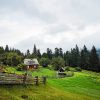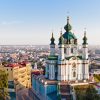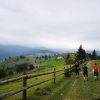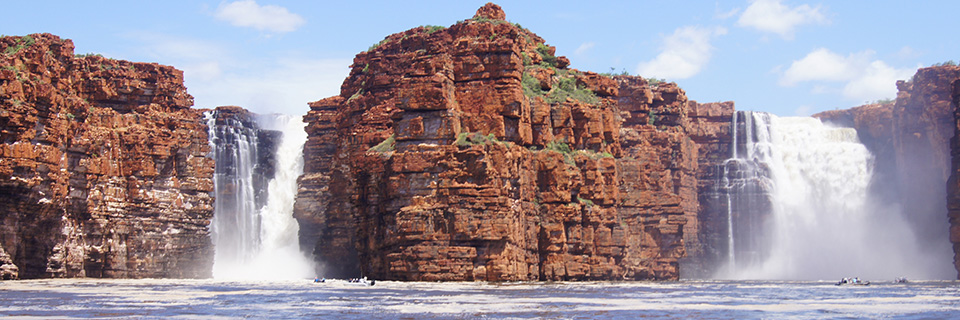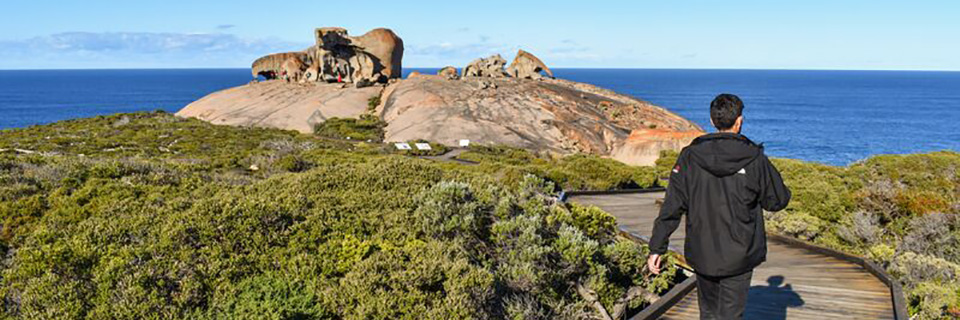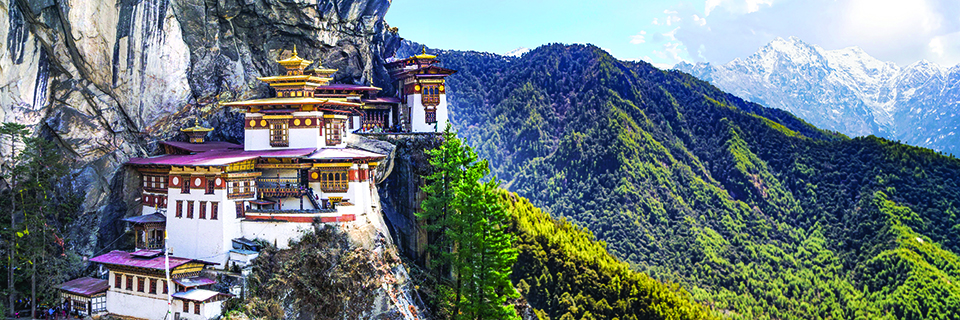Description
From the beautiful Baroque churches of Budapest and the haunted castles of Transylvania to the breakaway republic of Transnistria and the nuclear exclusion zone at Chernobyl, this 29-day Europe trip isn’t like the usual ones. Let your mind wander as you make your way through the Romanian countryside, past the Black Sea and deep into the Carpathian Mountains. This itinerary showcases some of the least visited sights in Europe, but will certainly include experiences that will pique your interest. Get ready for an adventure to head east. Far east.
Trip Name
Eastern Europe Discovery
Last Updated
2020-05-26
Days
29
Capacity
12
Highlights
- Experience local life on a full-day tour through the countryside of Maramures, Romania's most traditional and colourful region. Don't be surprised if you see horse-drawn carts along the road!
- Learn spooky stories while travelling through Transylvanian countryside, famous for its medieval fortified churches and as the birthplace of the inspiration for the world's most famous vampire –Dracula.
- Moldova is famous for its wine, so sample the local tipple during a guided tour of Mileștii Mici. Sitting on top of 200km of underground cellar tunnels, it is the largest quality wine collection in the world.
- Become one of the few travellers to visit Transnistria, a breakaway republic in eastern Moldova, where Soviet values are still upheld, and locals continue their fight for independence.
- Explore Ukraine’s atmospheric abandoned Chernobyl Exclusion Zone on a guided tour, wandering the eerie streets and among the buildings of the ghost town of Pripyat. Since the devastating nuclear disaster of 1986, nature has taken over the city, and wolves, foxes and other wildlife have been seen walking down the main streets.





